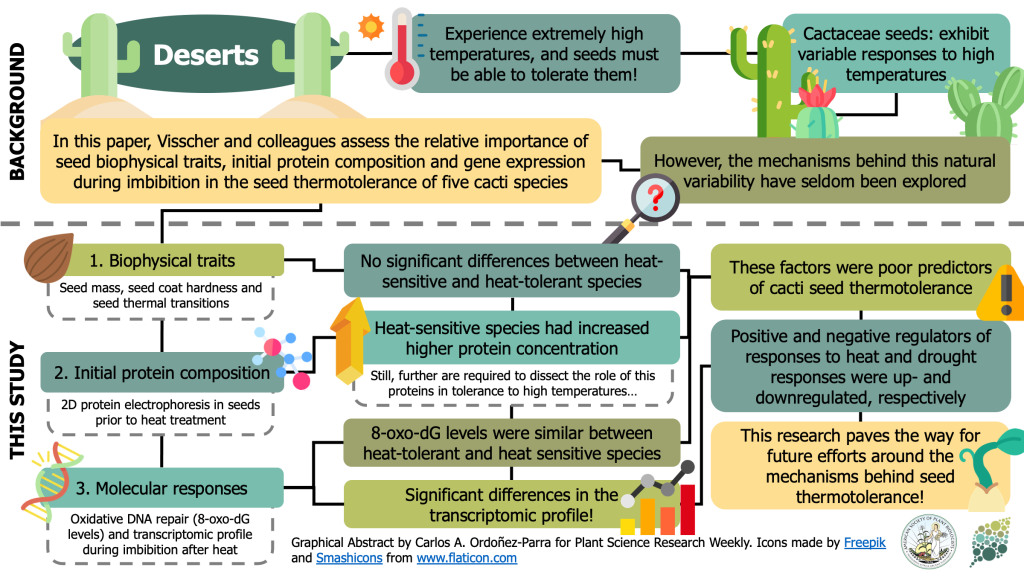
Comparative analyses of extreme dry seed thermotolerance in five Cactaceae species (Environ. Exp. Bot.)
Plant Science Research WeeklyDesert plants must produce seeds that can withstand incredibly high temperatures. Nevertheless, different species of cacti –one of the most emblematic plant groups of these ecosystems– exhibit variable responses to extreme temperatures. In this fascinating paper, Visscher and colleagues conduct a…
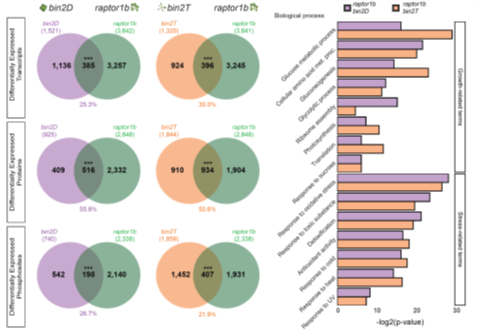
Multi-omics analysis reveals interplay between BR and TORC signaling (bioRxiv)
Plant Science Research WeeklyPlants have evolved well-coordinated crosstalk between different signaling pathways to respond and adapt to various environmental stresses. Brassinosteriods (BRs) and Target of Rapamycin Complex (TORC) have multiple roles, through transcription, translation and autophagy, to control the balance between…
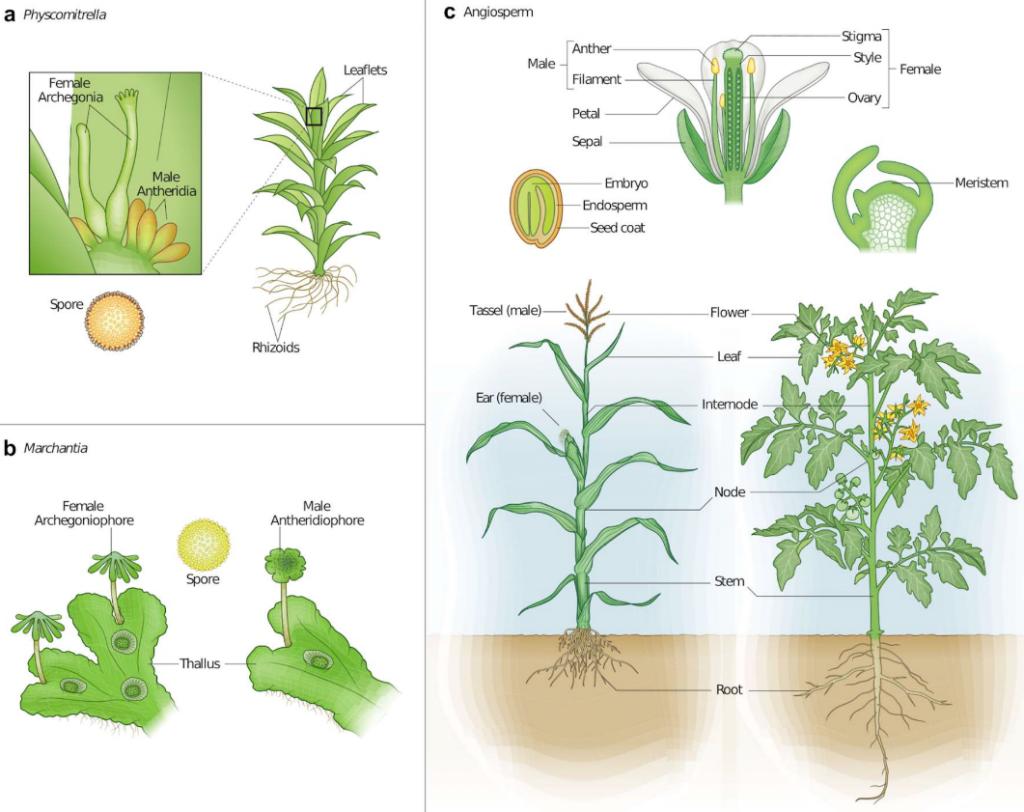
Conserved transcriptional programs underpin organogenesis and reproduction in land plants (bioRxiv)
Plant Science Research WeeklyLand plant evolution accompanied a plethora of evolutionary novelties such as cells that compose complex organs (e.g., stems, leaves, roots) and male/female gametophytes. The identity and conservation of the transcriptional programs underlying organogenesis and reproductive development across land plants…
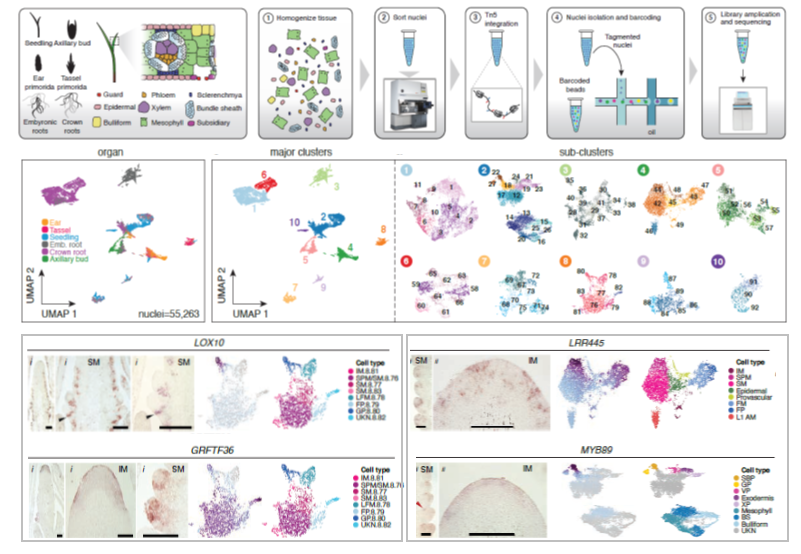
A cis-regulatory atlas in maize at single-cell resolution (bioRxiv)
Plant Science Research Weekly
Cis-regulatory elements (CREs) are DNA sequences found near or within genic regions that drive proper gene expression in time and space. Thus, CREs play essential roles in the diversification of spatially distinct cell-types with specialized function in multicellular organisms. To identify CREs underlying…
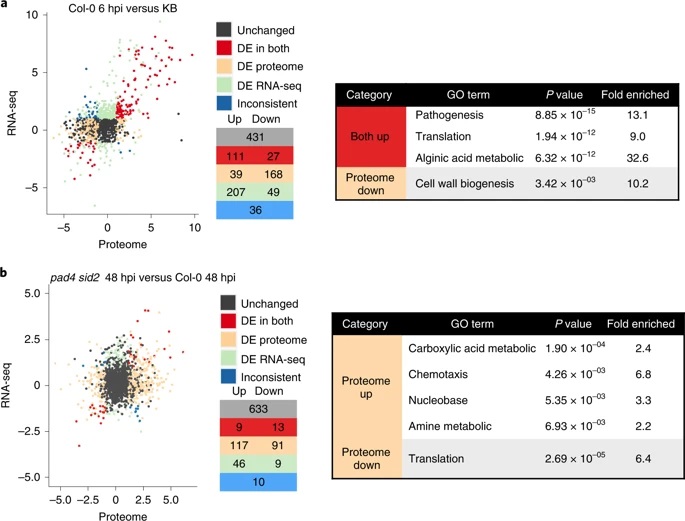
Multidimensional gene regulatory landscape of a bacterial pathogen in plants (Nature Plants)
Plant Science Research WeeklyThe outcome of a plant-bacteria interaction is determined by the bacterial virulence and plant immune systems. Individually, these systems, and to an extent their interactions, have been well studied. However, certain aspects of their interactions remain elusive, particularly how plant immunity affects…
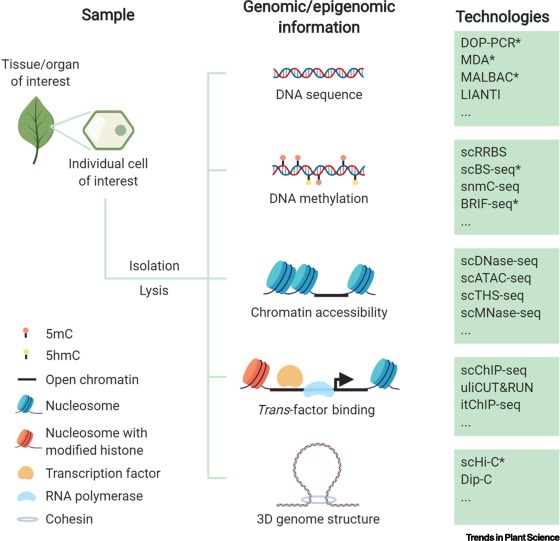
Review Single-cell genomics and epigenomics: Technologies and applications in plants ($) (Trends Plant Sci)
Plant Science Research WeeklyPlants (embryophytes) are by definition multicellular, but we seek to understand them as the sum of the activities of individual cells. Much of this knowledge rests on information obtained through grinding up tissues made up from several cell types. This review by Luo et al. describes methods for plant…
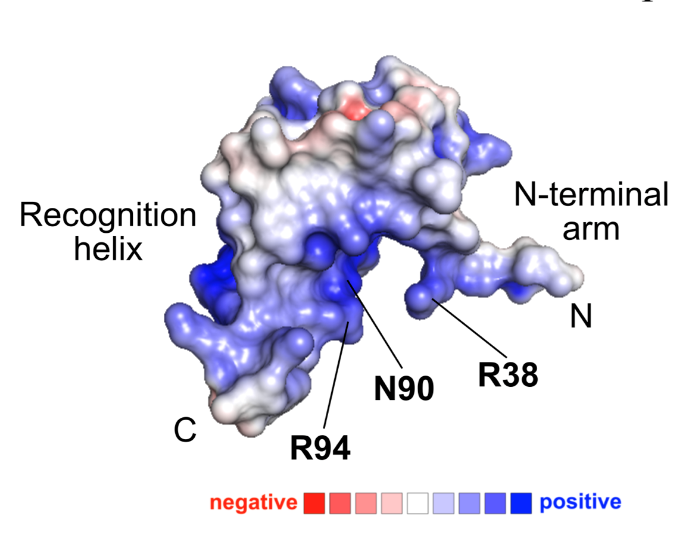
Structural basis for WUSCHEL binding (bioRxiv)
Plant Science Research WeeklyThe transcription factor WUSCHEL (WUS) plays a central role in organization of the shoot meristem. The three-helix bundle homeodomain in WUS can bind to several distinct DNA sequence motifs in many target genes promoters, but a structural view of these binding events has been lacking. Here Sloan et al.…
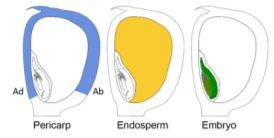
The Way Out: A Transcriptionally Unique Group of Endosperm Cells Implicated in Nutrient Export to the Embryo
Research, The Plant Cell, The Plant Cell: In BriefSuccessful development of the maize (Zea mays) kernel requires proper nutrient transport and signaling among its genetically distinct components: the embryo that gives rise to the next generation, the endosperm that nourishes the embryo, and the maternal tissues that surround the embryo and the endosperm…
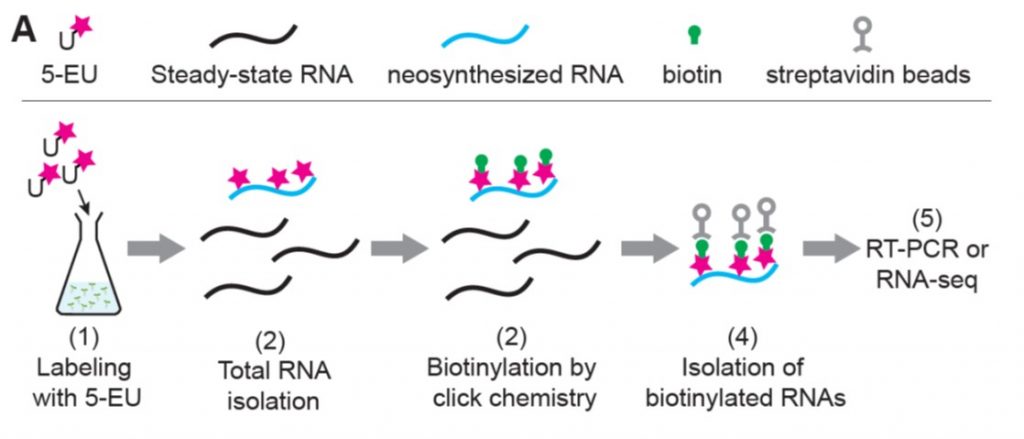
Metabolic labeling of RNAs uncovers hidden features and dynamics of the Arabidopsis transcriptome (Plant Cell)
Blog, Plant Science Research WeeklyThe ability to directly sequence RNAs (RNA-seq) has revolutionized our understanding of gene expression, but it can miss or underestimate short-lived RNAs. Several methods have been developed to identify newly-synthesized mRNAs to provide a snapshot of transcription as it happens. Szabo present Neu-seq,…

